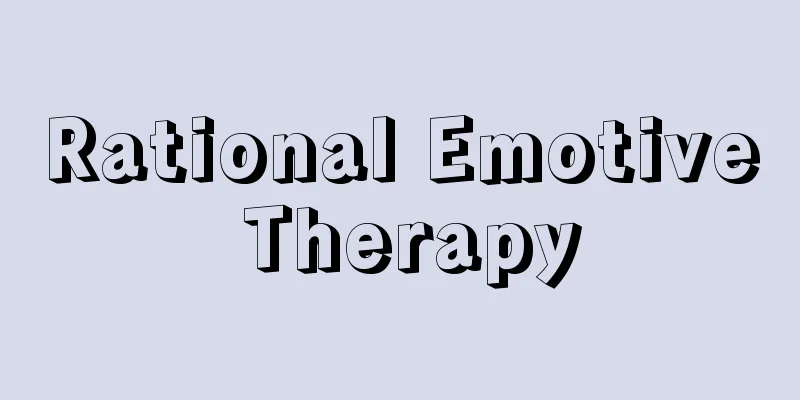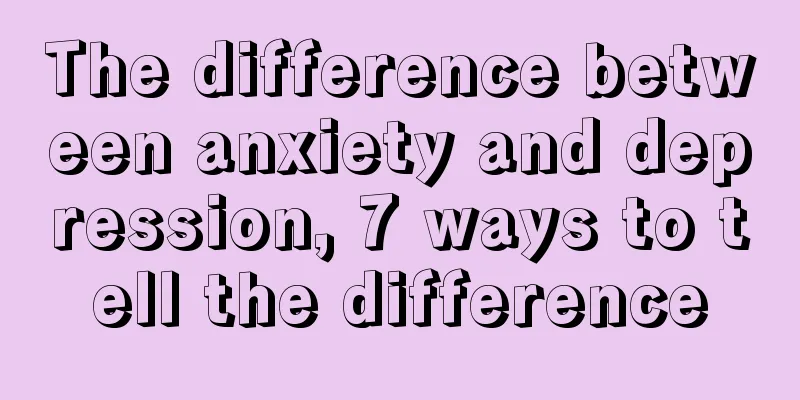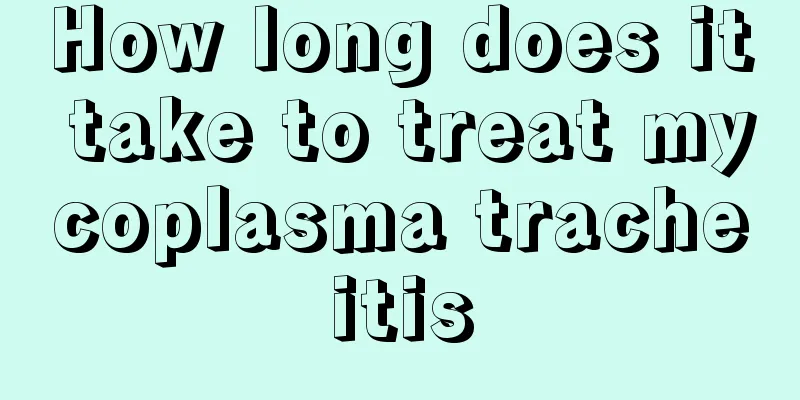Rational Emotive Therapy

|
Emotional fluctuations are a phenomenon that everyone experiences, just as each of us has joy, anger, sorrow, and happiness. However, if the emotional fluctuations are too great, they can cause certain harm to the body, such as the occurrence of extreme sorrow or joy. Rational emotive therapy can regulate people's emotions to avoid harm to their health due to excessive emotional problems. Rational therapy appeared in the 1950s and was founded by an American psychologist. After years of practical demonstration, rational emotive therapy is very practical in real life. It can be said that many people can skillfully control their emotions after understanding rational emotive therapy, thus making their bodies healthier. ABC Theory ABC theory is the core theory of rational emotive therapy, and its specific contents are: A stands for precipitating event; B represents the individual's view, interpretation and evaluation of the event, namely belief; C represents the emotional reactions and behavioral consequences caused by this event. The ABC theory holds that an individual's irrational and unrealistic beliefs are the root cause of his or her emotional disorders and neuroses. 11 Types of Irrational Beliefs 1) Everyone absolutely needs to be liked and approved of by the important people in their lives 2) Achieve success in every aspect of life 3) People cannot make mistakes, otherwise they will be severely condemned and punished 4) People cannot suffer setbacks, things must develop according to their own wishes 5) People cannot control or change their own pain and distress 6) Avoiding the difficulties and responsibilities in reality 7) Excessive worry, fear of danger and scary things 8) People must rely on others and lack independence 9) The impact of past experiences and events on present life can never be changed 10) Excessive concern about other people’s problems 11) Insist on seeking a perfect, correct answer Humanistic tendency REBT trusts and values the individual's own will and the role of rational choice, and emphasizes that people can "save themselves" without relying on magic, God or superhuman power. Educational tendencies REBT has a strong educational tone. It can also be said that it is an educational therapeutic model. Emphasis on rationality and cognition Emotional and behavioral approaches are widely adopted in treatment approaches. But it places more emphasis on the role of rationality and cognition. This is the most essential feature of RET and all cognitive therapies. In RET treatment, cognitive correction is always placed in the most prominent position and given top priority. Scope of application This therapy is suitable for patients with various neuroses and certain behavioral disorders. Absoluteness of requirements This is the most common feature of irrational beliefs. Based on one's own subjective wishes, people believe that a certain event will or will not happen, and often use words like "must" or "should". However, the occurrence of objective things often does not depend on one's subjective will and is often beyond one's expectations. Therefore, people who hold such views or beliefs are very likely to fall into emotional distress. Overgeneralization That is, the evaluation of events is biased, which is manifested in one's own irrational evaluation. On the one hand, one often evaluates one's own value as a human being based on the good or bad results of one's actions on a certain thing. The result often leads to self-abandonment, self-blame and self-guilt, and one believes that one is good for nothing and worthless, which leads to anxiety and depression. On the other hand, they make irrational evaluations of others, thinking that they are bad and good for nothing if they make the slightest mistake. This results in them blaming others and generating hostility and anger. Terrible Believing that the event will have dire or catastrophic consequences. This irrational belief often causes individuals to fall into emotional experiences such as shame, anxiety, depression, pessimism, despair, uneasiness, and extreme pain and cannot extricate themselves. This terrible idea is often associated with the individual's absolute demands on himself, others, and the things in his surroundings. The above three characteristics cause emotional disorders in patients. Therefore, this therapy is to treat irrationality with rationality, help patients change their cognition, replace irrational thinking with rational thinking, and minimize the adverse effects of emotional distress caused by irrational beliefs. Treatment processEdit The treatment process of this therapy is generally divided into four stages: Psychological diagnosis stage This is the initial stage of treatment. First, the therapist must establish a good working relationship with the patient and help the patient build self-confidence. Secondly, find out the various issues that the patient is concerned about, classify these issues according to their nature and the patient's emotional response to them, and start with the issues that the patient most urgently wants to solve. Understanding stage This stage mainly helps patients realize what their inappropriate emotions and behavioral manifestations or symptoms are, and whether these symptoms are caused by themselves. They need to find the ideological or philosophical roots of these symptoms, that is, to find out their irrational beliefs. When looking for irrational beliefs and analyzing them, the following steps should be followed: first, understand the objective evidence regarding the stimulating event A; second, understand how the patient reacts to the sensory experience of event A; third, ask the patient to answer why he or she feels fear, grief, and anger about it, and identify the irrational beliefs that cause these negative emotions; fourth, analyze the patient's simultaneously rational and irrational views or beliefs about event A, and distinguish between the two; fifth, distinguish the patient's anger, grief, fear, depression, anxiety and other emotions from concepts such as insecurity, helplessness, absolute demands and negative self-evaluation. Repair phase During this stage, the therapist mainly uses debate methods to shake the patient's irrational beliefs. Use exaggerated or challenging questions to ask the patient what evidence or theory he has for his different view on event A, etc. Through repeated debates, the patient was at a loss for words and could not justify his irrational beliefs, which made him truly realize that his irrational beliefs were unrealistic, illogical, and unfounded. Start to distinguish between rational beliefs and irrational beliefs, and replace irrational beliefs with rational beliefs. This stage is the most important stage of this therapy. Other cognitive and behavioral therapies can also be used during the treatment, such as assigning patients cognitive homework (reading articles about this therapy, or writing a report debating one of their own irrational beliefs, etc.), or conducting relaxation therapy to enhance the therapeutic effect. Re-education stage This is also the final stage of treatment. In order to further help patients get rid of old ways of thinking and irrational beliefs, it is necessary to explore whether there are other irrational beliefs that are unrelated to the symptoms and debate with them, so that patients can learn and gradually develop methods of debating with irrational beliefs. Develop the habit of thinking in a rational way, so as to establish new emotions: such as problem-solving training and social skills training to consolidate this new goal. Since debating with irrational beliefs is the main method to help patients and achieve the desired therapeutic effect, the therapy established by the ABC theory can use the five learning heads of "ABCDE" as its overall model. This is the end of the introduction to rational emotive therapy. I hope that the knowledge about rational emotive therapy in this article can help you regulate your emotions in daily life. At the same time, I hope that for the sake of your own health, you must regulate your daily emotions. |
<<: What is the use of drinking orange peel soaked in water
>>: Blurred eyes, can't see clearly
Recommend
How much does surgery for glioma cost
How much does it cost to treat glioma surgery? Th...
How to peel canned yellow peaches
Yellow peaches are a fruit that is more suitable ...
Can rectal cancer be transmitted through feces?
There are many people who fight cancer now, and t...
What causes bitter taste in the mouth in the morning?
Many friends will have symptoms of bitter mouth w...
What is the diet and precautions for polycystic kidney disease
I believe many people have a certain understandin...
Symptoms of pharyngitis, acute and chronic should be distinguished
Pharyngitis can be acute or chronic, and this dis...
What does erythema nodosum mean
What does erythema nodosum mean? Skin erythema is...
How to clean the oil screen of the range hood
Most people can see that the oil net of their ran...
Is it better to have fixed dentures or removable dentures?
In our daily life, many people are prone to denta...
Breast cancer chemotherapy and targeted therapy
Generally speaking, if it is chemotherapy for bre...
There are many red spots on the neck_small red spots on the neck
Red spots on the neck are particularly unsightly....
What are the complications of liver cancer
What are the complications of liver cancer? Compl...
How to care for nose bleeding due to high blood pressure?
In fact, many people don’t know that high blood p...
Skin cancer should be prevented and treated promptly
Ms. Sun, a 56-year-old farmer from Shanxi Provinc...
Can patients with nasopharyngeal carcinoma take cephalexin to reduce inflammation?
If there is a problem with nasopharyngeal cancer,...









